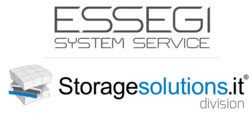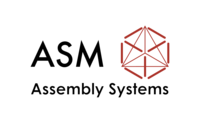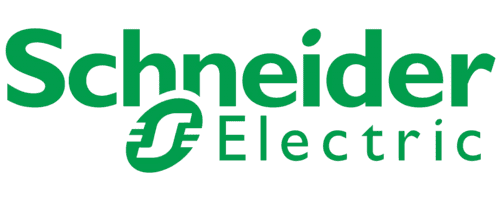
From Tracking to Action
Verify your products are built accurately and correctly the first time with minimal waste while simultaneously leveraging factory-wide intelligence to drive a more efficient global operation.
Harnessing Traceability Data for Dynamic Production Control and Insightful Analytics
Gain traceability & intelligence
Connect production...

Active Traceability
Material & Process Control
360° Traceability
Advanced Analytics
With manufacturers typically managing thousands of components that are shared across various product types on multiple lines, visibility and control is paramount for a smooth manufacturing ecosystem. Optimize your manufacturing environment today.
Learn More!
Learn More!
Record every element of production process, including product, process, and materials – who touched the product and when it was in process, what operations it went through and how that process transpired, which materials were used, and where they came from.
Learn More!
Learn More!
Gain vital insights to unlock the full potential of all manufacturing resources – from the minutiae of analyzing the performance of individual spindles on every placement machine to the bigger picture of measuring the overall
cycle time in every factory.
Learn More!
cycle time in every factory.
Learn More!
Analytics
How Could It Look for You?
- 1PART #1: Activating Traceability & Controlling ProductionTraditionally, traceability is more of a reporting function – a historical representation of everything that transpired during the production process. Providing verification to the end-customer that their product was built precisely to specification, and the right materials, machines, processes, people, and tools were used. Standard traceability provides verification after the fact; and unfortunately, is unable to prevent an error from happening. That’s where active traceability comes in, it adds control functionality to the traditional traceability scope.
With active traceability manufacturers not only provide evidence to show end-customers why their product deliverable aligns precisely with specifications, but also physically guarantee mistakes aren’t made during the production process. Regardless of how tightly controlled a production plan is, in this fast-paced and unpredictable manufacturing environment, variables can get missed – components can accidentally get loaded in the wrong feeder or the wrong recipe can get selected for the oven process – with margins quickly eaten away by rework, repair and scrap charges.
Active traceability is a potent force from a business perspective too – not only does it help to land new clients, but also cements lasting relationships. - 2PART #2: The Power of Actionable DataTraceability is powered by factory data – it taps into available data (via machines, materials, sensors, ERP or MES systems) and then makes that data intelligence available via a reporting mechanism. Analytics too are powered by factory data – data underpins the success of both traceability and analytics. In fact, the right analytics tool will leverage the connectivity infrastructure already in place from a traceability system.
Electronics manufacturers today are eager to incorporate analytics into their operation because these tools are intentionally designed to drive continuous improvements and thus leverage a better ROI. Offering a panoramic view of assembly and manufacturing data, analytics transcend individual instances, allowing insights to be gleaned from a holistic perspective to drive both decisions and action. - 3PART #3: The Synchronicity of Traceability and AnalyticsManufacturers with both systems will continue to stay markedly ahead of the competition – not only do they have the advantage of correctly and accurately assembling every product with minimal scrap and waste, but they’re also using factory-wide intelligence to drive a more efficient operation holistically. These manufacturers have manufacturing insights and nuanced intelligence about their specific operation that others don’t even know exist, truly maximizing ROI across the board.
Why Should You Tackle Both Systems Simultaneously?
Same data infrastructure
Analytics can tap into same infrastructure that collects, stores and shares factory-wide data for current traceability system.
Cost effective
No need to re-invent the wheel – the hard work of collecting data is already done. Visualizations and dashboards are added on top of TTC architecture.
Double the ROI
Manufacturers with both systems will continue to stay markedly ahead of the competition – correctly and accurately assembling every product with minimal scrap and waste, and using factory-wide intelligence to drive a more efficient operation holistically.
"We have been struggling to decide on a traceability system to meet customer requirements for all SIIX factories over the years, and we recently decided to unify across all factories as well as to standardize operations and continuous improvements globally. Cogiscan is the ideal choice for this multi-year endeavor not only because their technology proved to be both superior and reliable, but because we share similar business values as both companies prioritize trust and reliability for a strong partnership. Standardized traceability is a critical element toward our long-term digitalization journey and Cogiscan’s solution offers an open and solid foundation for our future needs."
Get personalized guidance from our experts
Factory Digitalization is very specific to each factory – and typically looks different for every customer. With our team of experts, we have years and years of combined industry knowledge and experience – and our experts are happy to offer tips and recommendations to get your digitalization efforts underway. Connect with them today and experience the "Cogiscan effect"!
Talk to an Expert
© 2021 Cogiscan. Tous droits réservés.
+ 1-450 534-2644
+ 1-877-534-2644 (USA and Canada only)
+ 1-877-534-2644 (USA and Canada only)
28-B boulevard de l’Aéroport
Bromont (Quebec), Canada J2L 1S6
Bromont (Quebec), Canada J2L 1S6















